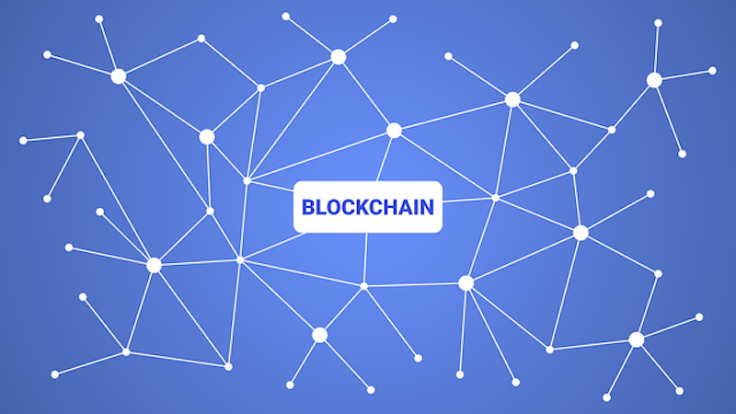Is Decentralized Software the Future of the Internet?

Apps have been around for a while now, to the point where they make up a pretty important part of our everyday lives. We almost all have a ‘favorite app’, or collection of apps, that we use all the time and couldn’t imagine being without.
As cryptocurrency and blockchain continue to grow and become big name technologies, we’re also seeing a lot more dApps, too. These decentralized apps are becoming more popular every day, and could soon occupy a similar place in our lives to their centralized cousins.
In fact, decentralization as a concept is quickly becoming the next big thing. There’s a huge and rapidly growing number of ICOs, blockchain startups, and cryptocurrencies now, and this movement could well revolutionize the digital world.
But the app and dApp industries are both facing problems. They’re fractured, for one, with not enough cohesion between developers, and it’s tough to bring different elements together for the benefit of the end user.
Apps are siloed, isolated from each other and from dApps, and it’s ordinary customers who lose out as a result. It’s a real shame, and a huge opportunity that’s being missed.
Why is the app and dApp industry so fractured?
One of the reasons why the app and dApp industries aren’t quite working the way they should is because it’s currently tough to collaborate and blend software, and it’s hard for users to easily combine their apps across platforms.
This isn’t great for end users, because it leaves them with a lot of subscriptions to manage, and a lot of different and incompatible apps to take care of. As a result, users tend to stick with a fairly low number of apps for regular use.
The average user has 60-90 apps installed on their smartphone, but they use only 30 of these in a typical month, and only 9 of these in a normal day. This is because it simply isn’t worth the effort of constantly switching between and managing a huge fleet of apps.
It’s much the same story with dApps — which tend to run on their own unique crypto tokens. That means users have to manage a portfolio of many different tokens in order to get the benefits of all those dApps. If you aren’t a crypto expert, that can be extremely confusing.
And for developers, this is almost all bad news. Since the subscription model dominates nowadays, developers make no money unless people regularly use their apps. And with people finding it tough to use a wide range of apps on a regular basis, developers are losing out.
But it doesn’t have to be this way. The future for apps and dApps could be very different if we could switch to a new, more decentralized model.
A possible future
By shifting to a different way of doing things, a less centralized one, it would be possible for users to mix and match software and features from all kinds of different apps and dApps.
Without a siloed, centralized ecosystem where apps are isolated from one another, it’d be much easier to manage multiple apps without a mountain of subscriptions and tokens to worry about.
For developers, it’d mean a more open economy where they can collaborate more easily. On top of this, they’d be rewarded more fairly and make more money as users would be more willing to pay for their services without the fear of being tied into a subscription they don’t use.
This kind of structure would be more fluid and easier to use, and would work better for users and developers alike. So how do we get there?
Pushing towards a decentralized internet
In the journey to make the internet more decentralized and push for a more cohesive software ecosystem, Cardstack is one company who want to use blockchain. Their model uses ‘cards’ as units of information, which is easier to work with and opens up a whole host of possibilities.
Their platform allows users to combine different apps and dApps, blending their favorite features from each one and getting the best of all possible worlds. It’s more flexible and user-friendly than the current clunky system.
In order to access these different apps and dApps, users spend CARD tokens. Then, these are paid out to the app developers based on how popular their software is. It’s a fairer model of compensation, and a more efficient model.
According to Cardstack’s founder, Chris Tse, they’re “Building the experience layer of the decentralized internet” — the parts of decentralization that users can see, touch, and interact with. Tse says that Cardstack want to “cohesively bring together all promised decentralization in a way that the average person can use.”
In future, apps and dApps are going to play an increasingly important role. We need to make it as easy as possible for users to access their favorite software and ensure that developers are rewarded fairly and encouraged to keep putting out great services.




















